The automotive world, for as long as it has been in existence, has seen some truly phenomenal four-wheeled vehicles grace the tarmacs of the earth. Some were revolutionary game changers, others established unrivalled cult following, but those which did both were few and far between.
The Porsche 911 is an automotive icon that has been benchmarked countless times and boasts a staunch following in all corners of the world. It’s a living legend that, to this day, continues to embody the rear-mounted Boxer engine tradition it first adopted 56 years ago. As far as series production cars go, the 911 is perhaps the remaining one of its kind today, and it gets better with every generation. Let’s go back in time.
The original Porsche 911 – 1963 to 1973
The original model was known as the 901, but was later changed to the 911 following a brief row with Peugeot on naming rights. It made its global debut at the German International Auto Show in 1963, complete with a new air-cooled flat-six petrol engine delivering 130 PS. As production continued, the model range expanded from the coupe to the Targa (complete with a thick roll-over bar for safety), then the 911 S with 160 PS joined the line-up in 1966.
In 1969, the 911’s wheelbase was lengthened by 57 mm, resulting in calmer handling. Engine displacement was increased from 2.0 litre to 2.4 litre (this saw the 911 S’ output bumped up to 190 PS), but the range-topping 911 Carrera RS gets a fire-breathing 2.7 litre engine making 210 PS and 255 Nm of torque without turbocharging. The RS weighed in at just 1,000 kg, rocketed from 0-100 km/h in 6.3 seconds, and had a top speed of 245 km/h.
A total of 111,955 units of the G Series 911 were sold throughout the 10-year production run, but only 1,525 units of the Carrera RS left the factory gates in Zuffenhausen.
G Series Porsche 911 – 1973 to 1989
The G Series went down in history as one of the longest 911 models to be in production, following a successful 16-year run and with close to 200,000 units sold globally. The base 911 Carrera received the 2.7 litre six-cylinder Boxer engine from the previous RS, which was later increased to 3.0 litres.
At the time, Porsche’s involvement in motorsports provided sufficient technical know-how on turbocharging, thus giving birth to the 911 Turbo in 1974. It packed a 3.0 litre flat-six turbo that delivered 260 PS, and in 1977 the engine was uprated to 3.3 litres and received an additional intercooler to produce 300 PS. As a car in the 70s, the Turbo zoomed from 0-100 km/h in 5.2 seconds, and had a top speed of over 260 km/h. Another legend was born.
In 1982, Porsche introduced the 911 Cabriolet (sold alongside the Targa) for the first time, and in 1989 the 911 Carrera Speedster broke cover, marking the end of another illustrious chapter. Just 2,103 units of the Speedster were made – the bulk of sales were from the turbo-width body style, whereas 171 units of the narrow-bodied (export version) model were sold.
Type 964 Porsche 911 – 1988 to 1994
The third-generation 911 launched in 1988 saw yet another first for the model line – an all-wheel drive variant, one that’s effectively known, until today, as the Carrera 4. It wasn’t until a year later that Porsche launched the rear-wheel drive Carrera 2.
As standard, all variants of the 964 were powered by a 3.6 litre flat-six petrol engine, with base outputs rated at 250 PS. The engine featured twin-spark ignition for the first time, which Porsche had originally developed for better operational reliability in aircraft engines.
A fixed rear spoiler provided aerodynamic lift, which kept the rear axle planted. Another big addition is the optional adaptive Tiptronic gearbox, which Porsche claimed to provide smooth gear shifts without any interruption in power. A five-speed manual was the standard offering.
A total of 63,762 units of the Type 964 were sold between 1988 to 1994, and top models such as the 911 Turbo S had an output of 360 PS and 520 Nm of torque. A Speedster version was also introduced to symbolise the end of a model run, with 945 units built.
Type 993 Porsche 911 – 1993 to 1998
Enthusiasts affectionately labelled the 993 as the most desirable iteration in the history of classic 911s. It was a riveting thing both in pictures and in the metal, featuring clever implementation of concave and convex panels, flush-mounted windows and wide rump with angled tail lights. Unfortunately for some, it was also the last 911 model to be air-cooled.
The 993 was initially offered as a coupe and cabriolet, but the Targa debuted in 1995 and featured a broad electric glass roof instead of a removable hardtop. Mechanically, the 993’s multi-link suspension was considered to be the ultimate development stage of the “Weissach” rear axle, which made history with its self-steering properties. This gave the 911 even better driving dynamics and ride comfort.
Porsche really got serious with the 993 – the 911 Turbo had all-wheel drive as standard, and the 3.6 litre engine gets boosted with two turbochargers to deliver 408 PS. The more hardcore 911 GT2, which was rear-wheel drive only, made an astonishing 450 PS, and production was limited to just 100 units.
For the first time, the automaker introduced a six-speed manual gearbox for the 911, enabling a top speed of 270 km/h – the fastest 993 was said to have a top speed of 300 km/h, although this was never made official. At the end of the short production cycle, the 993 proved to be a huge success (both in terms of sales and cult following) with nearly 70,000 units sold worldwide. What came next, changed everything.
Type 996 Porsche 911 – 1997 to 2005
The fifth-generation 911 was born in a time of great difficulty – the financial crisis was starting to cripple markets the world over, and carmakers had to drastically reduce production costs and meet stricter emissions and safety regulations, all at the same time. The 911 also had to remain classically distinguishable, and the rear-engine recipe that made its forebears the icons they were must be preserved at all costs.
Design-wise, the 996 received mixed reviews. Its headlights looked funny, the car’s overall proportions grew bigger, and the cabin was made to be more spacious than ever before. Mechanically, the decision to drop air-cooling was because the setup could not comply with strict emissions regulations, so water-cooling was, and still is the name of the game.
From the get-go, base 911 models get a 3.4 litre naturally-aspirated flat-six engine, generating 300 PS. During the midlife update, displacement was increased to 3.6 litres, and output was consequently bumped to 320 PS (345 PS for the 40th anniversary edition). The Turbo had a smaller but more powerful 3.2 litre engine that made 420 PS, and therefore allowed the 911 to break past 300 km/h for the first time.
The 911 GT2, which made an astonishing 483 PS, was fitted with ceramic brake discs (PCCB) for the first time. Combined, the entire braking system was 50% lighter than its cast iron counterpart, and boasted a service life of up to 300,000 km. This was groundbreaking for its time.
Towards the 996’s end of life, Porsche rolled out the GT3 and GT3 RS. The latter featured progressive springs rather than linear, and the shocks were up to 15% stiffer than the GT3 in bounce and rebound. Their introduction also sparked the beginning of the Porsche brand cups, or more casually known as Porsche’s customer motorsport event. Over 175,000 units of the 996 were sold over the course of eight years.
Type 997 Porsche 911 – 2004 to 2012
The introduction of the 997 addressed most of the concerns with its predecessor’s design. Here, Porsche went full steam ahead by introducing a total of 24 variants, supplemented by a wide range of personalisation options. There were the Coupe, Targa, Cabriolet, Speedster, rear-wheel drive, all-wheel drive, narrow or wide bodywork, GTS, GT2, GT2 RS, GT3, and two GT3 RS models. Mad, right?
But the strategy paid off. Handsomely. Porsche sold more units of the 997 in eight years than it did the G Series in 16 years – 213,004 units to be exact, compared to 198,496 units of the G Series. It was during this period that Nissan started benchmarking the GT-R R35 against the venerable 911 Turbo, which packed a 3.8 litre turbocharged flat-six that’s cranked to produce 500 PS (the Turbo S made 530 PS).
Only the 911 GT2 RS was faster and more powerful. Its 3.6 litre engine, while smaller, gets tuned to make 620 PS and 700 Nm of torque, enough for a lap time of seven minutes 18 seconds on the Nürburgring north loop. The 0-100 km/h sprint was done in 3.5 seconds, and it was able to reach a top speed of 330 km/h. It was a 911 unlike any that came before, and Nissan couldn’t have picked a better rival.
In 2009, Porsche introduced the new seven-speed dual-clutch (wet-clutch) version of its previously race-only Porsche Doppelkupplungsgetriebe (PDK) transmission on the facelifted Carrera and Carrera S models. The fast-shifting PDK was optional at the time, and was offered alongside the five-speed Tiptronic automatic and six-speed manual. Over the years, Porsche continued to refine the PDK, and today it is widely dubbed as the best dual-clutch transmission in the world.
Throughout the production stage, Porsche introduced several limited edition 997 models, most notably the 911 Turbo S Edition 918 Spyder. This was created to shorten the waiting time of customers who ordered the actual 918 Spyder hypercar. As goes without saying, only customers of the hybrid beast are able to purchase the special edition Turbo S.
Type 991 Porsche 911 – since 2011
The arrival of the seventh-generation 911 brought about confusion, albeit a small one. Just why did Porsche backpedal the model code from 997 to 991? Truth be told, nobody really knows, not even the 911 engineers whom I had the privilege of speaking with. This wasn’t so much a break in convention, but the 991.2 facelift changed the course of the 911 for good. You should know this, it’s a one-word phenomenon – downsizing.
For the first time in the history of the 911, entry-level 911 Carrera models were powered by a turbocharged engine, and a relatively tiny 3.0 litre flat-six unit at that. Fans across the world were aggrieved, yet the melancholy was all but fleeting.
In typical Porsche fashion, the new and improved 911 GT2 RS had to be an unprecedented monster – it made 700 PS and had a top speed of 340 km/h. Till today, it remains as the fastest series-production 911 in history, while the 911 GT3 RS with its 4.0 litre high-revving naturally-aspirated flat-six engine featured more motorsports-derived technology than Porsche had ever before offered in a road legal car.
At this point, it seemed as though nothing could go wrong for Porsche. To date, approximately 217,930 units of the 991 have been made. If you’ve been doing the math from the start of this story, you’d realise that collectively, over one million 911s (1,049,330 units to be exact) have been produced and sold.
To commemorate the milestone, Porsche created a one-off Carrera S finished in a special Irish Green paint, which rolled off the production line on May 11, 2017. You can view it in the metal at the Porsche Museum, if you’re so inclined.
Type 992 Porsche 911 – since 2018
After 56 years of making some of the finest cars in the world, Porsche went back to the drawing board with the eighth-generation model. As per tradition, the classic 911 look remains unmistakably recognisable, but a majority – or 95%, rather – of the car’s components, from chassis to engine and body panels, are completely new. According to Porsche, there hasn’t been a more extensively revised model in the past, and our brief test drive of the 992 left quite an indelible impression.
Major changes include relocating the engine some 20 mm forwards. It’s still rear-engined, but having the flat-six unit sit closer to the middle gave it more neutrality in the bends, and it’s less prone to snap oversteer when chucked around in the hands of the less experienced. A combination of other state-of-the-art mechanical components and cutting-edge software makes the 992 the most advanced 911 that you can enjoy driving daily, and for hours on end.
Now, as a show of appreciation for making it to the end of this memory lane, I’ll have you in on a little fact – Porsche engineers are some of the most passionate car enthusiasts I’ve had the pleasure to meet. Some are obsessed, even. Like devotees to a cult, minus the bro-science and evangelism.
And that’s exactly what makes the 911 so endearing. The people that make the car do it with no compromises, and every iteration of the 911 must be better than the last. It’s exactly like that motivational poster you see on gym walls – the only person (or car, in this case) you should try to be better than is the one you were yesterday. Because if you think about it, the Porsche 911 is pretty much in a league of its own.
Looking to sell your car? Sell it with Carro.

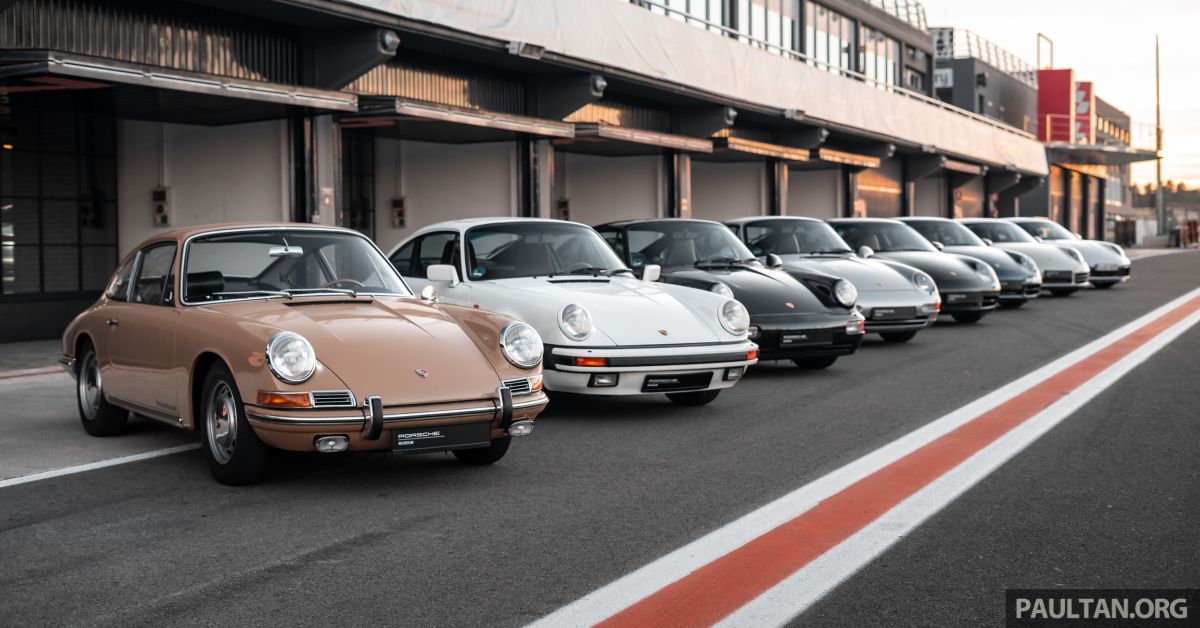
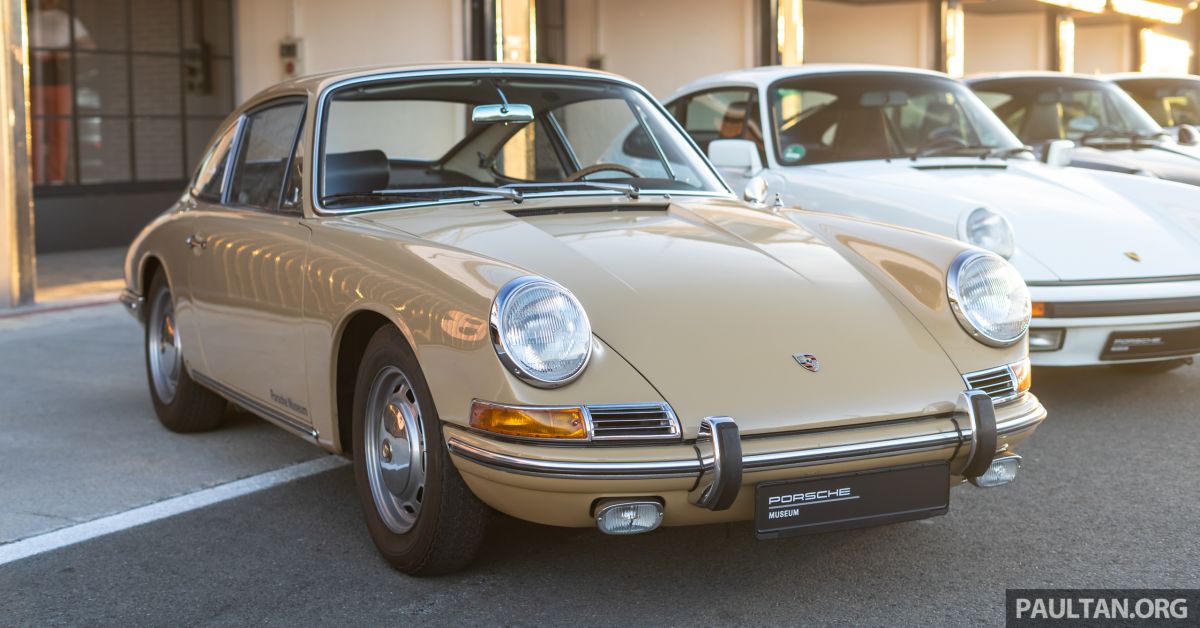
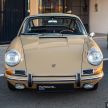

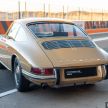
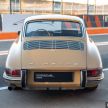
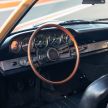
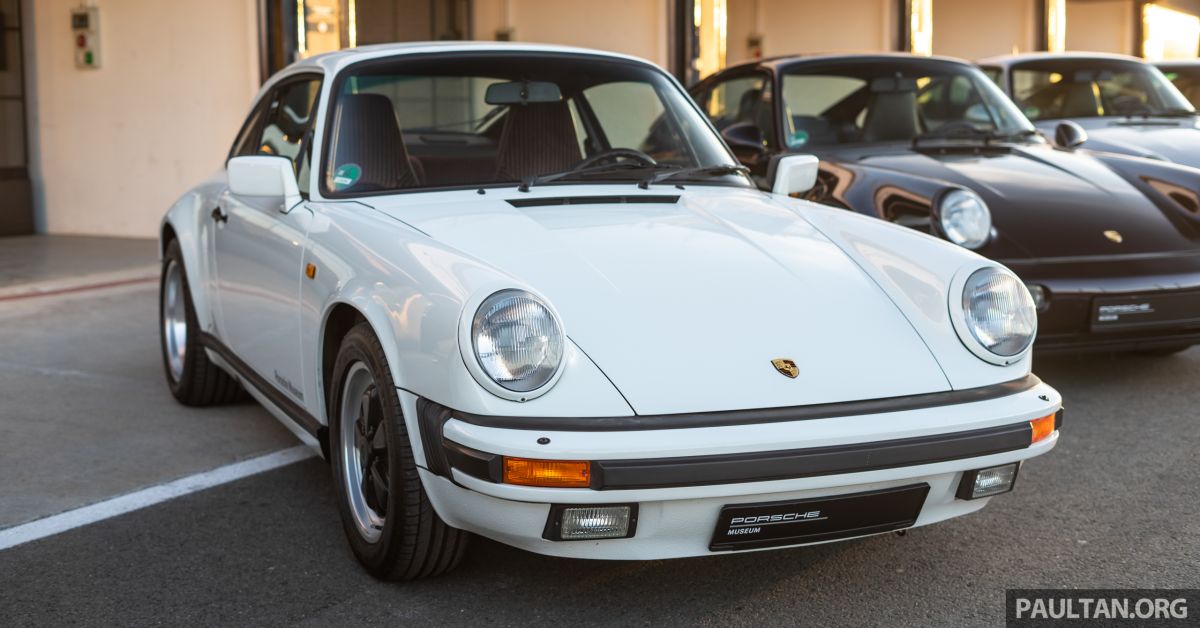
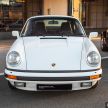

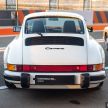

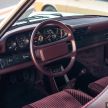
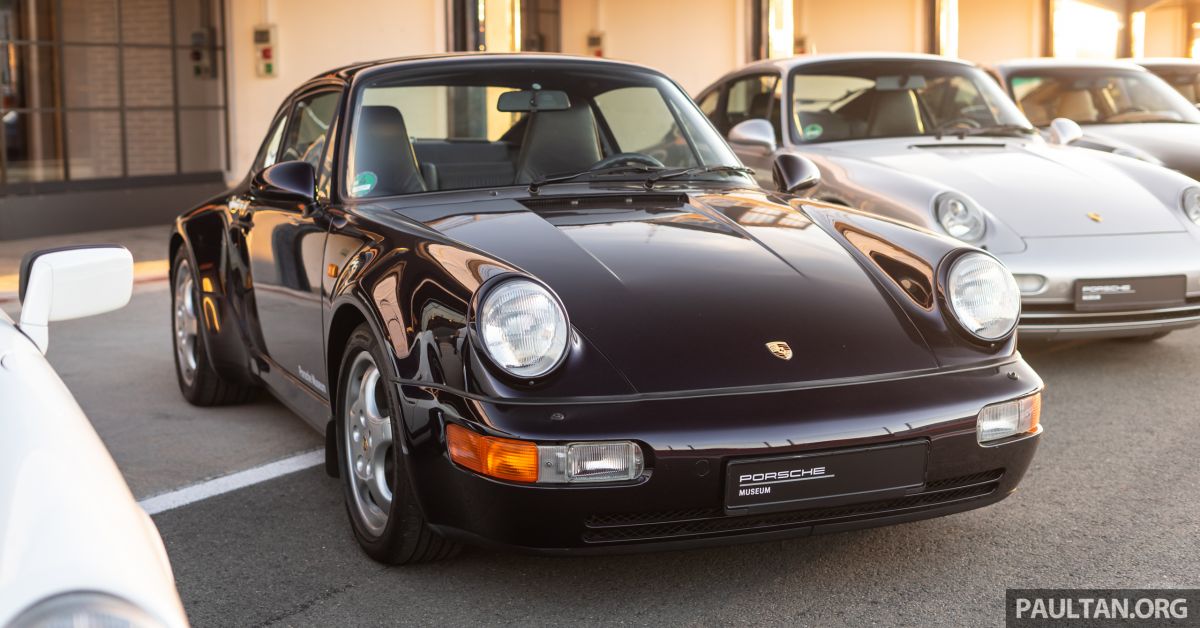




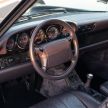
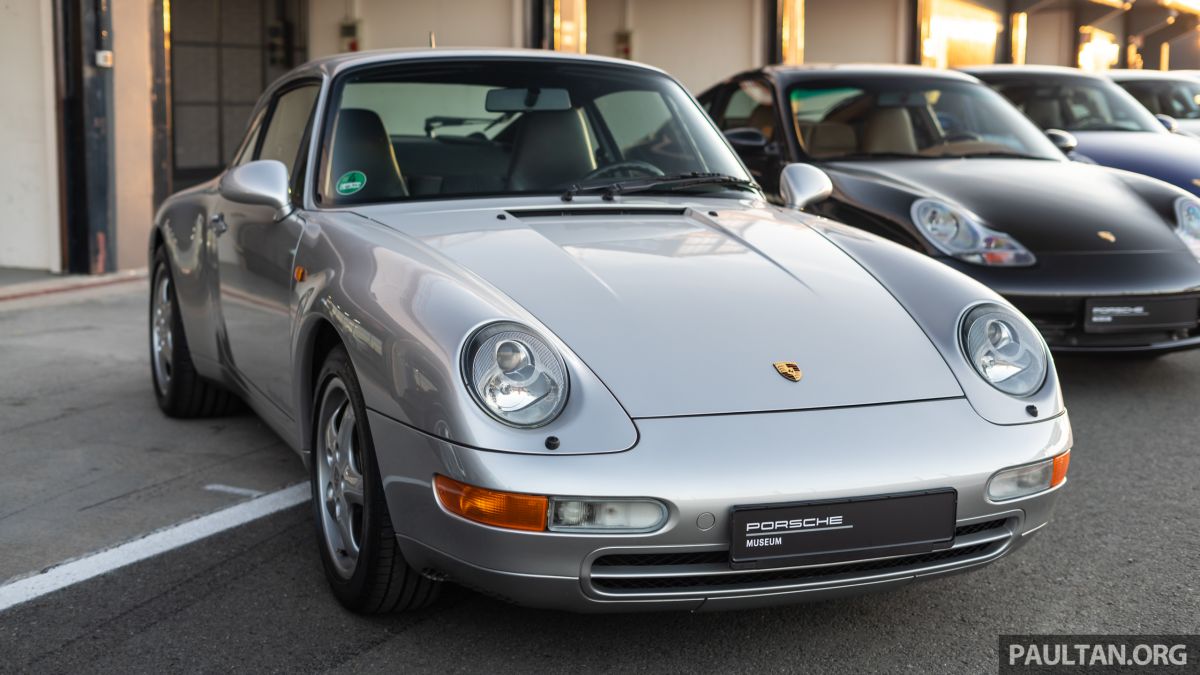
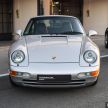



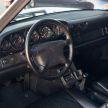
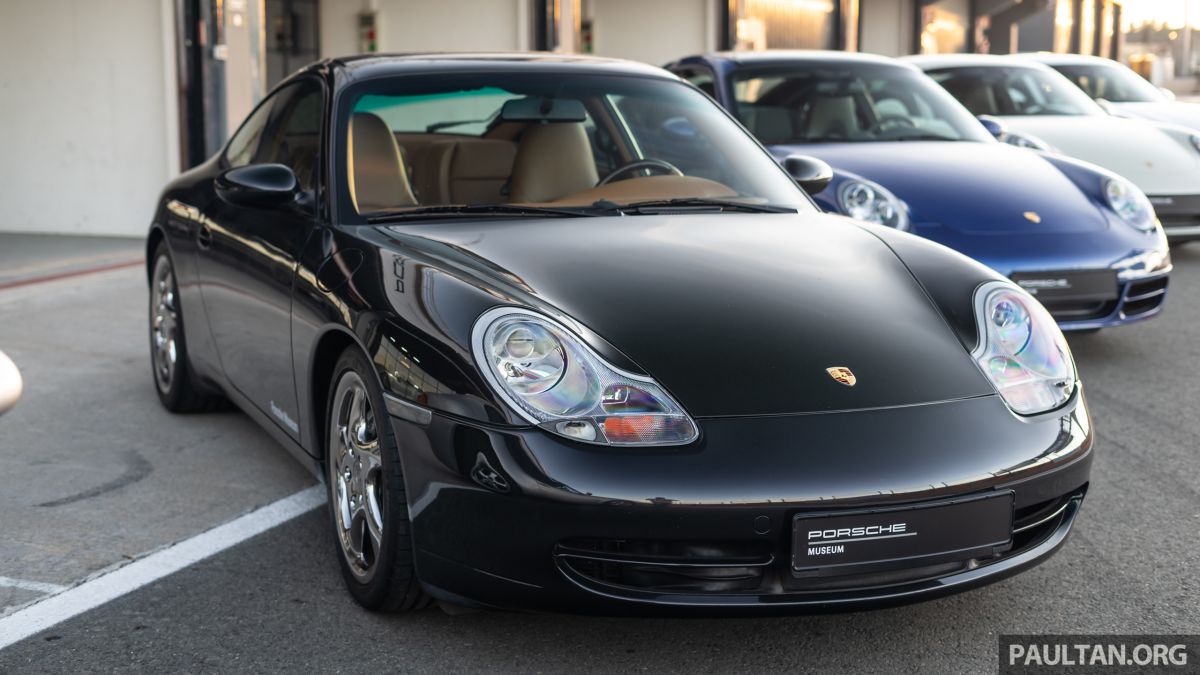
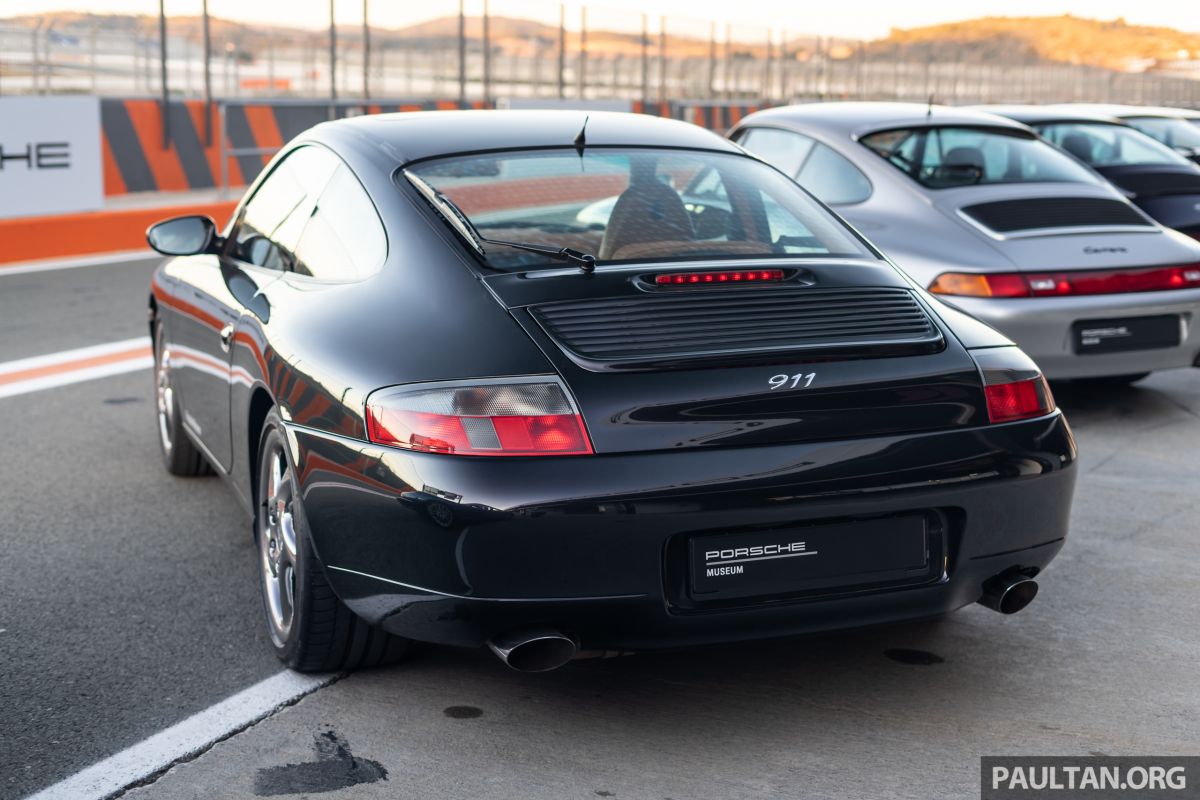




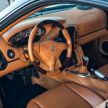
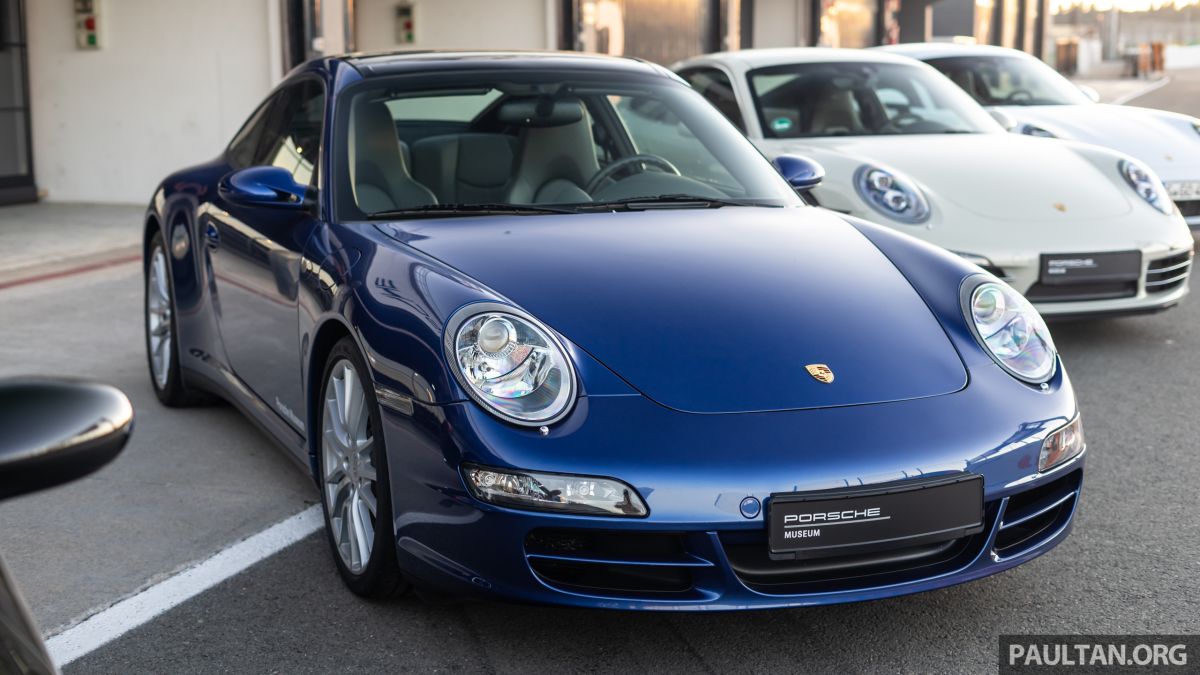
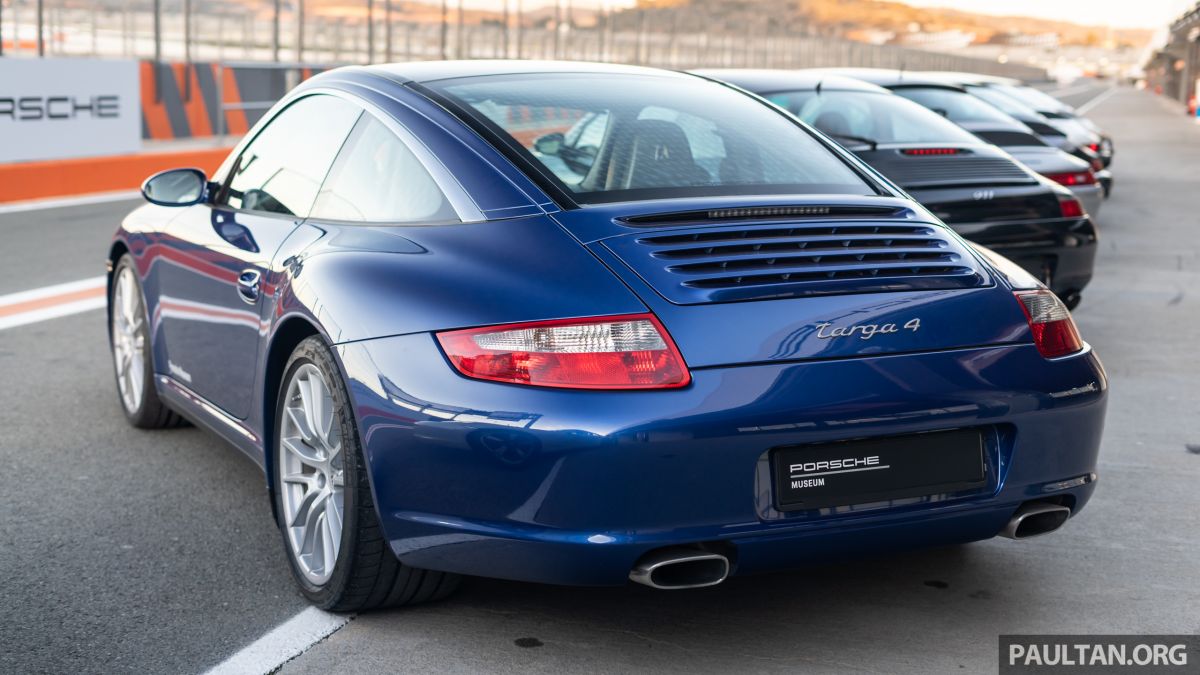




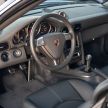
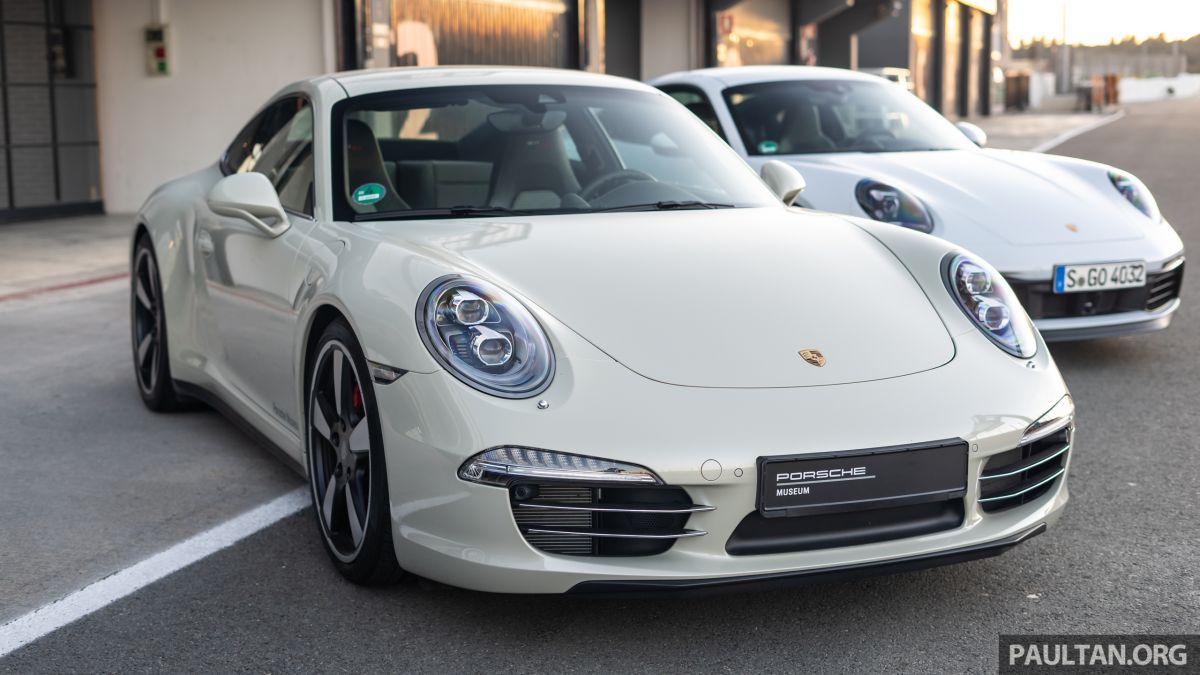






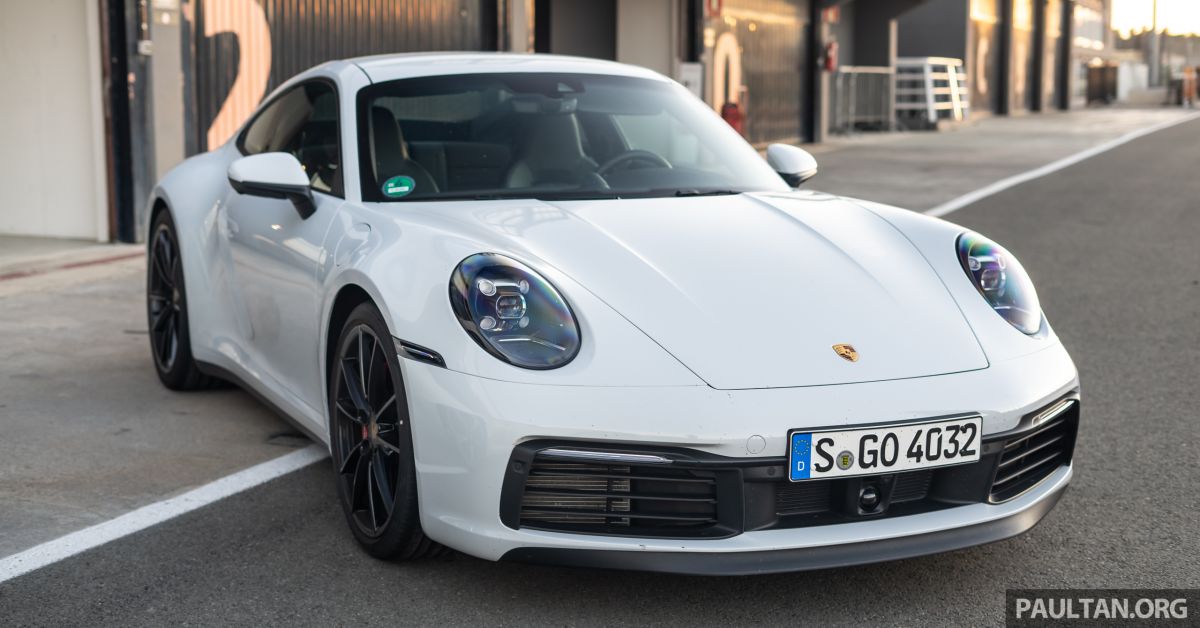
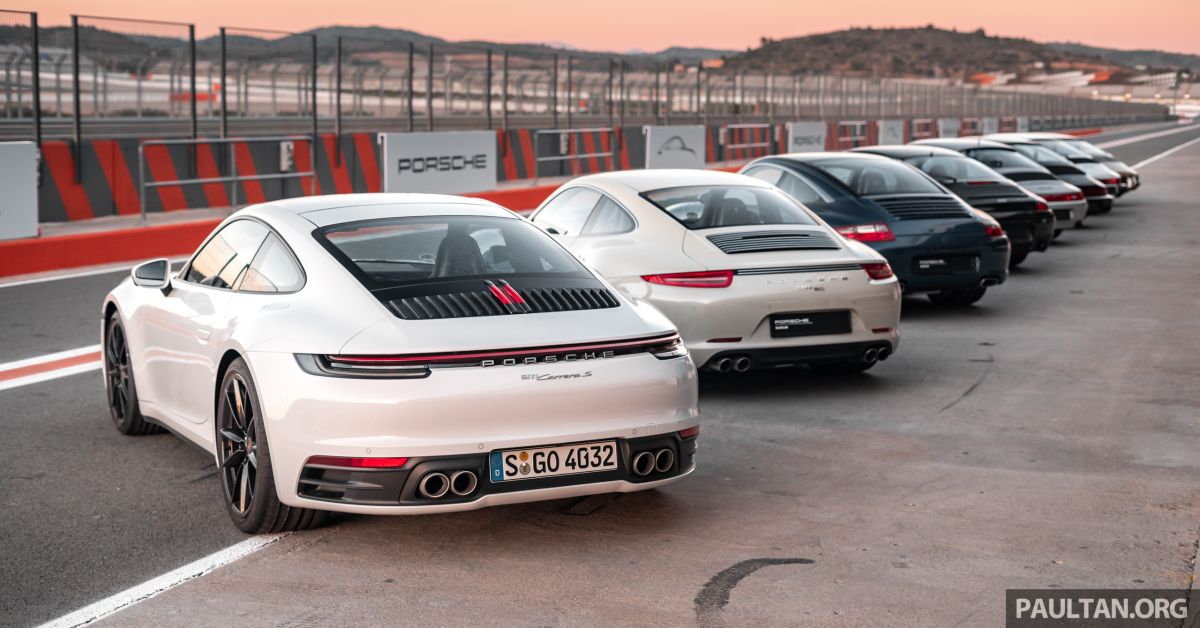




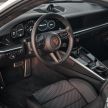



G series 1973 to 1989 – the best looking Porsche still
The older Porsches now are so expensive. Some up to millions. Proton, the older it gets, even the besi buruk guy also don’t want when you give him free